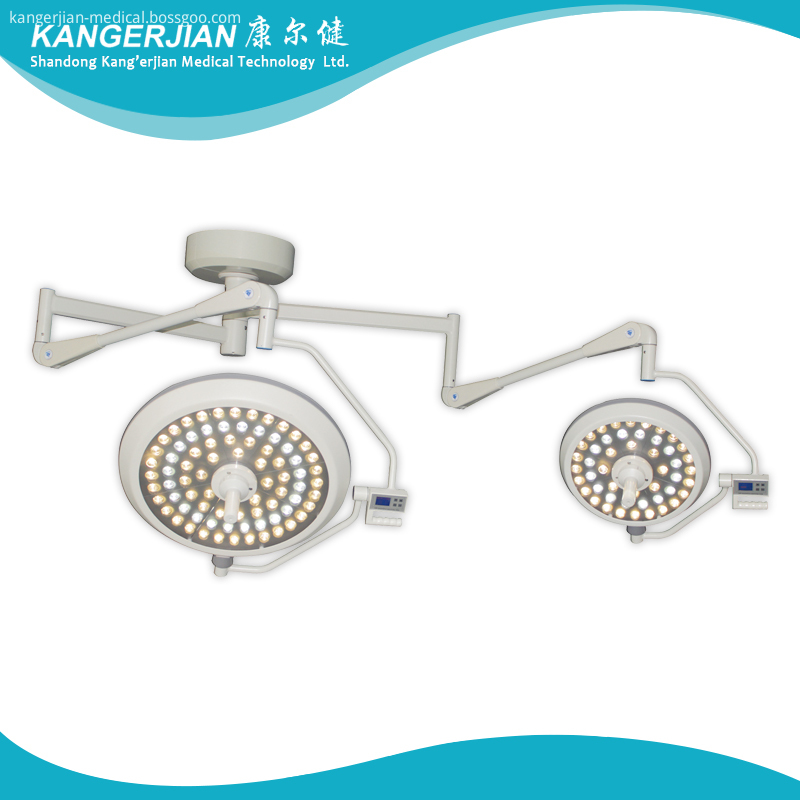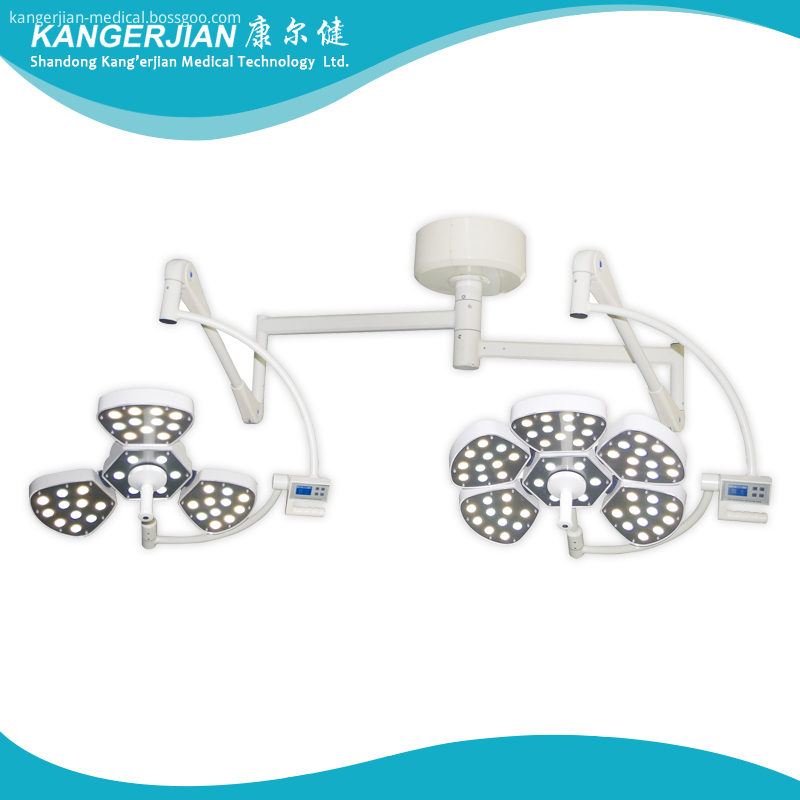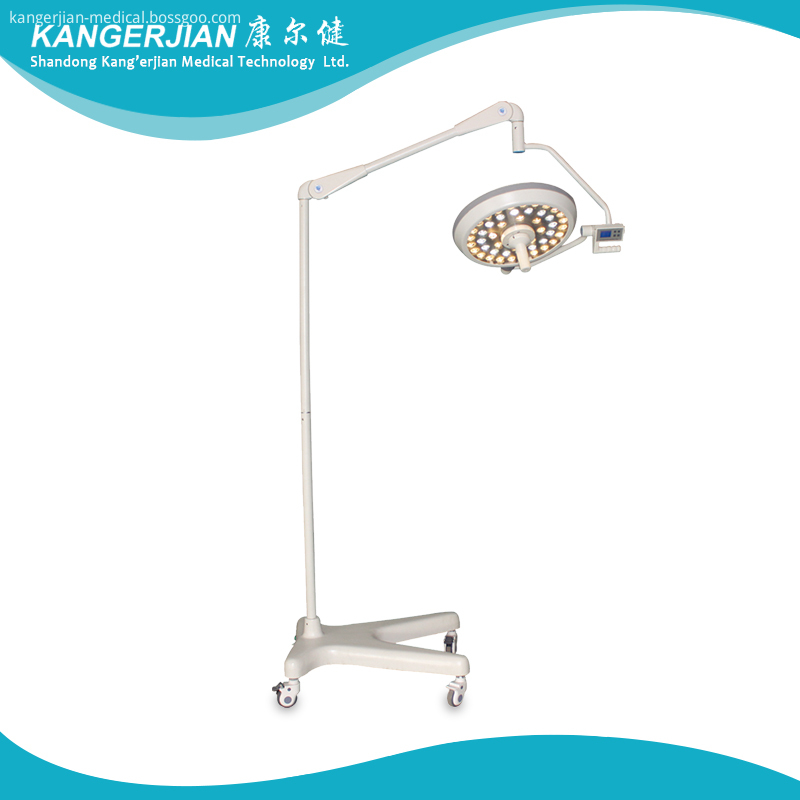Winter warm house cucumber downy mildew
First, the selection of resistant varieties resistant to downy mildew and suitable for greenhouse growth of cucumber varieties mainly Jinchun No. 3, Changchun Mimi and so on.
Second, the ecological control is to control the temperature and humidity in the shed, to create an unfavorable disease breeding and infection, but it can ensure the normal growth and development of cucumber environmental conditions, so as to achieve the purpose of disease prevention.
1. According to the temperature and humidity index requirements of the ecological control of cucumber downy mildew, the greenhouse temperature and humidity management. The whole day can be roughly divided into 4 phases:
1 As soon as possible after sunrise, allow the temperature of the greenhouse to rise to 20-30 °C. Exceeding 30 °C starts to release moisture. When the relative humidity drops to 60-70%, the temperature is increased to 30 °C to meet the photosynthesis of cucumber. Need, at the same time preventing the infection of pathogens and controlling the occurrence of diseases;
The greenhouse temperature in the afternoon is maintained at 20-25 °C for plant transportation and transformation of organic matter, but this temperature is suitable for the germination and infestation of pathogens. At this time, the humidity should be reduced to about 60%, and single factor control the occurrence of diseases;
3 After sunset, attention should be paid to heat preservation to prevent the shedding temperature from falling too fast and the humidity increasing sharply. The temperature should be kept between 15 and 20°C and the humidity below 85% before midnight. The disease should be controlled by single factor of humidity. If the humidity exceeds 85%, the temperature should be reduced to 13 to 15°C and the temperature should be used to control the occurrence of the disease;
4 After midnight, until the sunrise, the humidity in the greenhouse increased with the decrease of temperature. When the humidity exceeded 90%, the greenhouse temperature was controlled at a temperature of 10°C to 13°C, and the respiration of the cucumber plants was reduced. Then restrict the cucumber leaf surface to keep the water film through the air. Water drop time. The average daily minimum temperature is above 13°C and can be released overnight.
2. Reasonable watering is an important measure to control the humidity in the shed. The general requirement is watering on a sunny day, not pouring on a cloudy day; watering in the morning, not pouring in the afternoon; pouring in dark water (dark irrigation under the membrane), and water pouring without water. After the watering, immediately close the shed to warm up. When the shed reaches 30°C, let the air out of the room.
3. When severe downy mildew occurs, choose a sunny day for high temperature. The day before the dungeon must be watered first. At noon the following day, the greenhouse temperature should be raised to 45°C for 2 hours to kill the pathogens on the plants and on the soil surface. Then slowly release the air, and then close the shed when the temperature of the shed falls to 25°C. About 10 days high temperature stuffy shed 1 time, 2 or 3 times in a row.
Third, chemical prevention
1, spray commonly used 5% chlorothalonil powder spray 1000 grams per acre. Use a bumper type 5 duster to spray air evenly and not spray it against the plants. According to the condition, spray once every 8 to 10 days, even spray 4 to 5 times. Sunny days must be done in the early morning or early evening, and overcast days can be sprayed on rainy days.
2. When the central diseased plant emerged, the smoke was immediately treated with 20% chlorothalonil quick-syringe compound aerosol, 250 grams per mu. After closing the shed in the evening, the tablets were evenly placed in the shed. After the cigarettes were closed, the sheds were closed and the air was ventilated the next morning. Smoked once every 7 days, depending on the condition of smoke 4 to 5 times.
3. There are many pesticides for controlling cucumber downy mildew. Can be used interchangeably to improve control efficiency. 25% Rhodoxocera 800 times, 40% Ethyl Aluminum Phosphate 250 times can be used. 72% DuPont Kelu 600x and 72% Prec 600x spray, spray once every 5 to 7 days, even spray 2 to 3 times.
Imported French lens
mould Die-casting Eight edge type Revolving arm
Each LED can be replaced individually, which guarantees maximum economy.
Configuring lightweight balance arm suspension system ,six groups universal joint linkage ,mobile, lightweight positioning and stablibity .A 360°all-round design ,can meet the need for surgery in different heights and angles.
color temperature constant, soft, very close to the natural sun light.
The use of liquid crystal display button control, to meet the needs of the medical staff of different patients with the brightness of the operation.



LED Operating Light,Portable Operating LED Light,Surgical Operating LED Light,LED Surgical Light
Shandong Kang'erjian Medical Technology Ltd. , http://www.kangerjian-medical.com